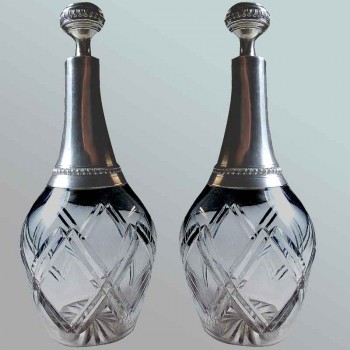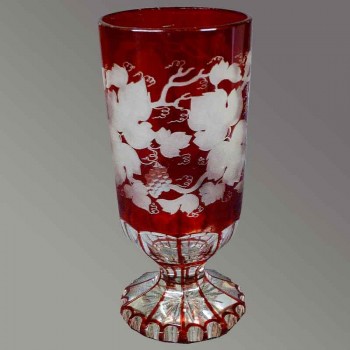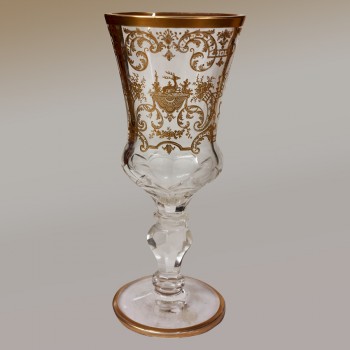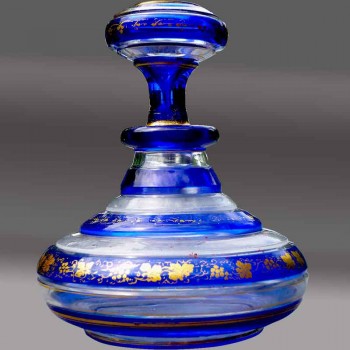Saint Louis crystal
Saint-Louis crystal has embodied the excellence and refinement of French glassmaking expertise since 1586. Recognized as the oldest crystal works in France, the Saint-Louis factory is famous for its hand-blown and hand-cut crystal pieces, with their elegant designs and meticulous finishes. Glasses, carafes, vases, candlesticks and decorative objects are distinguished by their transparency, brilliance and timeless design. Prized by collectors and connoisseurs of high-end crystal, Saint-Louis crystal combines tradition and innovation for exceptional creations.






